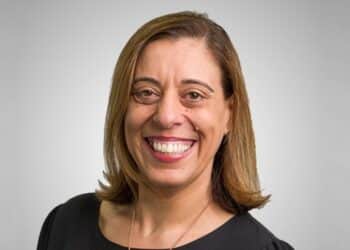PBR (1052213316457) considered whether an SMSF was considered an Australian fund for the purposes of subsection 295-95(2) of the Income Tax Assessment Act 1997 (ITAA 1997) to qualify for concessional tax treatment.
The facts of the case were that a three-member SMSF established a fund in Australia and acted as its trustees. The fund’s assets included cash and term deposits at a bank, shares in listed Australian companies, and listed trusts and other assets.
One of the members left Australia with the intention of returning in the foreseeable future but was still residing overseas in the tax year in question. They visited Australia regularly and intended to return within the next 5–6 years while the two remaining members resided in Australia.
Moreover, one of the three members held 100 per cent of the total value of the SMSF’s assets and was the only active member of the fund, with the last contribution being non-concessional. The member has since commenced an income stream from the SMSF.
The ATO ruled that the SMSF was an Australian fund for the purposes of subsection 295-95(2) of the ITAA 1997 as it satisfied all of the tests in subsection 295-95(2) in the financial year in question.
To satisfy this condition, the fund had to pass three tests, the first being that it was established onshore.
“In this case, the fund was established in Australia and therefore satisfies the requirement in paragraph 295-95(2)(a) of the ITAA 1997,” it stated.
The second test related to the central management and control of the fund and whether it was “ordinarily” in Australia. Generally, the location where important decisions are made is considered to be the location of the relevant management and control.
The PBR stated that to determine the location of the CM&C of a fund at a point in time, it is necessary to consider what constitutes the CM&C of a fund, and who it is that exercises the CM&C.
Paragraph 20 of TR 2008/9 states that the CM&C of a superannuation fund involves the focus on the who, when and where of the strategic and high-level decision-making processes and activities.
In the context of the operations of a super fund, the strategic and high-level decision-making processes include formulating the investment strategy for the fund, reviewing and updating or varying the fund’s investment strategy, and monitoring and reviewing the performance of the fund’s investments.
“If the trustees of the fund ordinarily reside overseas (notwithstanding that they may be Australian residents for income tax purposes) then, unless there is evidence to the contrary, the conclusion would be that the CM&C of the fund is overseas,” the ruling stated.
“In this case, the facts indicate the high level and strategic decisions relating to the fund and the legal responsibility for exercising the CM&C of the fund are done by one member of the fund who resides in Australia with consultation of the other two members, one whom resides in Australia and one of whom resides overseas.”
The third test to be satisfied is the “active member” test which stipulates that in accordance with paragraph 295-95(2)(c) of the ITAA 1997, the active member test is satisfied if, at the relevant time the fund has no “active” member, or an individual on whose behalf contributions have been made.
It also requires that contributions made to the fund on the individual’s behalf after the individual became a foreign resident are only payments in respect of a time when the individual was an Australian resident.
“Personal contributions were made to the fund for one of the members for the financial year in question. The member has then entered retirement phase and received an income stream,” the PBR stated.
“As there has been no further contributions since the financial year in question there are currently no active members. In this case, based on the assumption that the members of the fund do not intend to make contributions to the fund it will have no active members whilst one member is overseas.”


